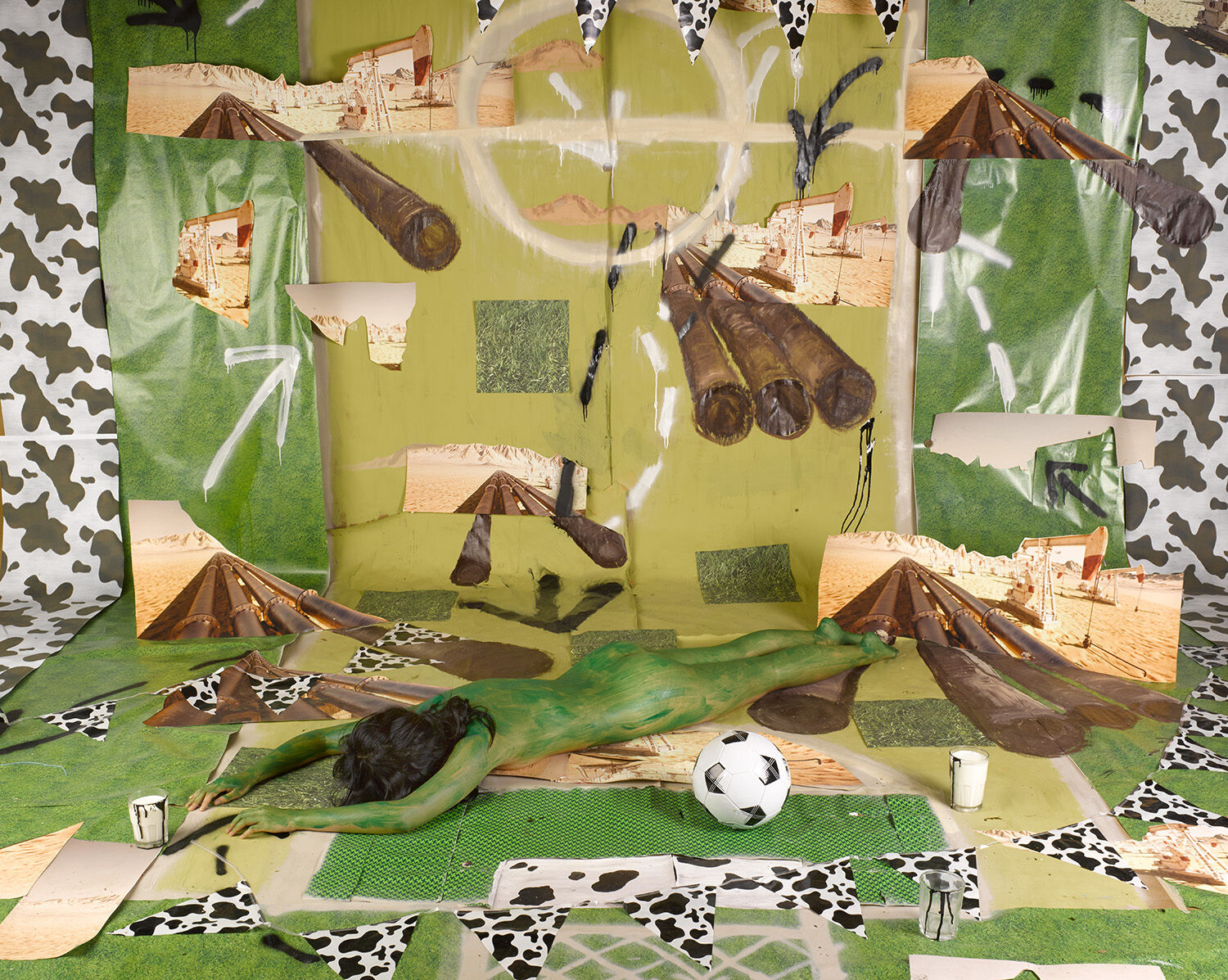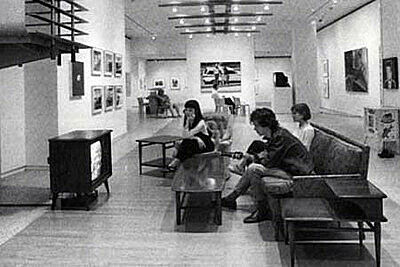in/stasis
May 20–29, 2022
Artists Space
Opening Reception: Saturday, May 21, 6–9 pm
in/stasis brings together thirteen artists whose works attend to the attritional loss of community, land, and resources in the world around and beneath them. The exhibition approaches the experience of displacement in stasis, marking the ways displacement functions not only geographically, but also at cultural, temporal, and infrastructural levels. The exhibition takes up Rob Nixon’s proposal of “a more radical notion of displacement, one that, instead of referring solely to the movement of people from their places of belonging, refers rather to the loss...that leaves communities stranded in a place stripped of the very characteristics that made it habitable.” Such displacements often occur slowly and over such long periods of time that they are rendered invisible and readily ignored. Through attention to these calamities, in/stasis seeks to represent and resist their devastating effects.
Displacement is typically understood in the context of forced movement, defined as the act of relocating someone or something from its site, position, or role. This notion of displacement calls to mind images of migrants and refugees fleeing war, persecution, or environmental disaster. Yet, there are also those who remain in place—in the midst of dispossession, extraction, and gentrification—immobilized yet moved out of the living knowledge of home. The artists featured in in/stasis complicate the association of displacement with mobility and unsettle notions of what characterizes the displaced experience.
in/stasis presents work by Natalie Ball, Meriem Bennani and Orian Barki, Carolina Caycedo, LaToya Ruby Frazier, Emily Jacir, Tomashi Jackson, Nadia Myre, Otobong Nkanga, Cameron Rowland, Farideh Sakhaeifar, Sheida Soleimani, and Betty Yu. The projects in the exhibition engage a range of subjects and geographies including: the changing boundaries and status of property in Sunset Park, New York; the Canadian Indian Act of 1876; river communities and the damming industry in Colombia; and the extraction of natural resources in West Africa. Each of the artists in the exhibition approach displacement as a critical political question, exploring the personal and institutional registers that structure, implement, and benefit from displacement. In addition to calling out perpetrators, they also call attention to rebellions against slow violence, led by those who fight against the social and cultural amnesia induced by displacement in stasis through sustained activism and protest.
Curated by Daría Sól Andrews, Sally Eaves Hughes, and Klaudia Ofwona Draber, the 2021–22 Helena Rubinstein Curatorial Fellows of the Whitney Independent Study Program.
About the Whitney ISP Curatorial Program
The ISP provides a setting within which students pursuing art practice, curatorial work, art historical scholarship, and critical writing engage in ongoing discussions and debates that examine the historical, social, and intellectual conditions of artistic production.


